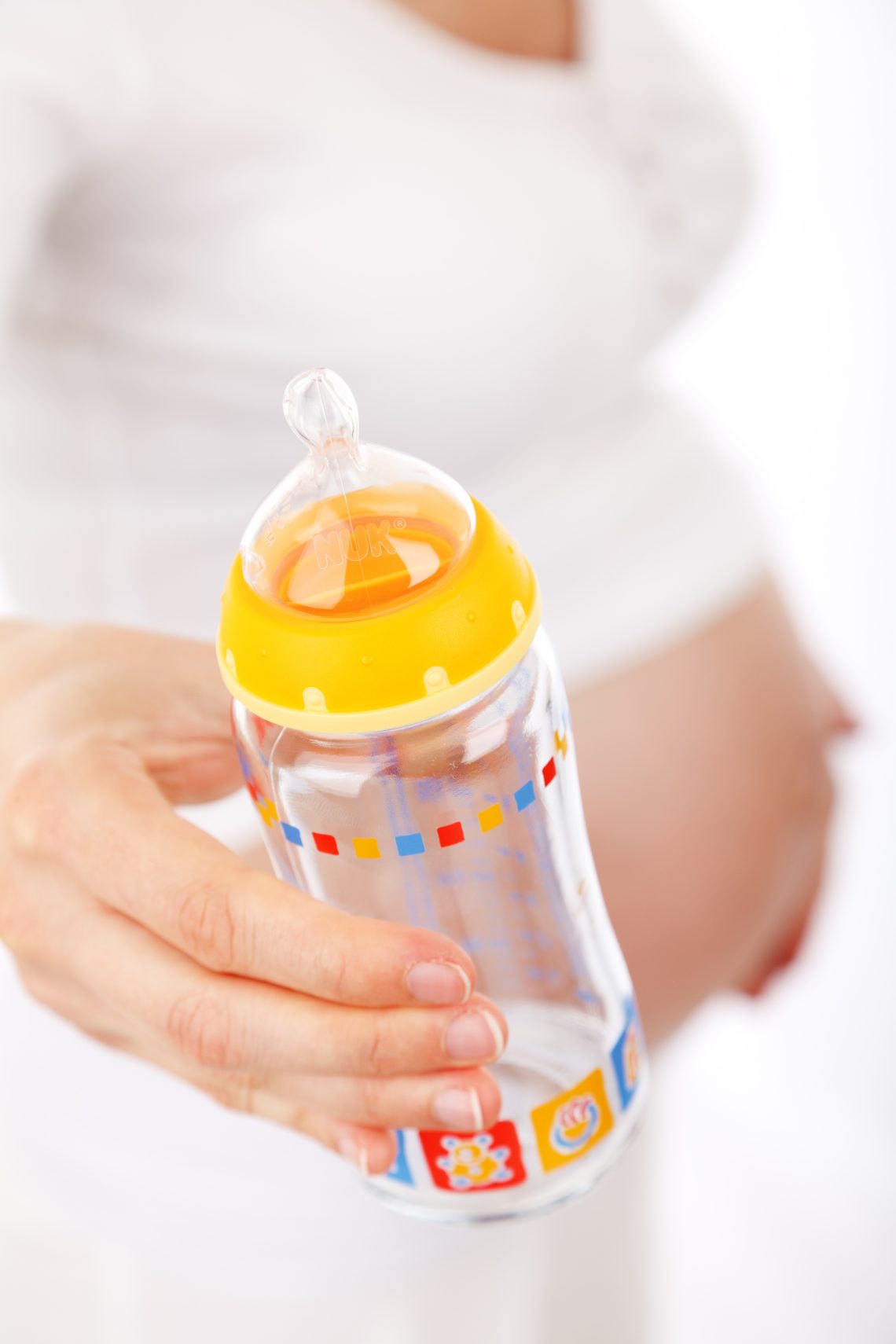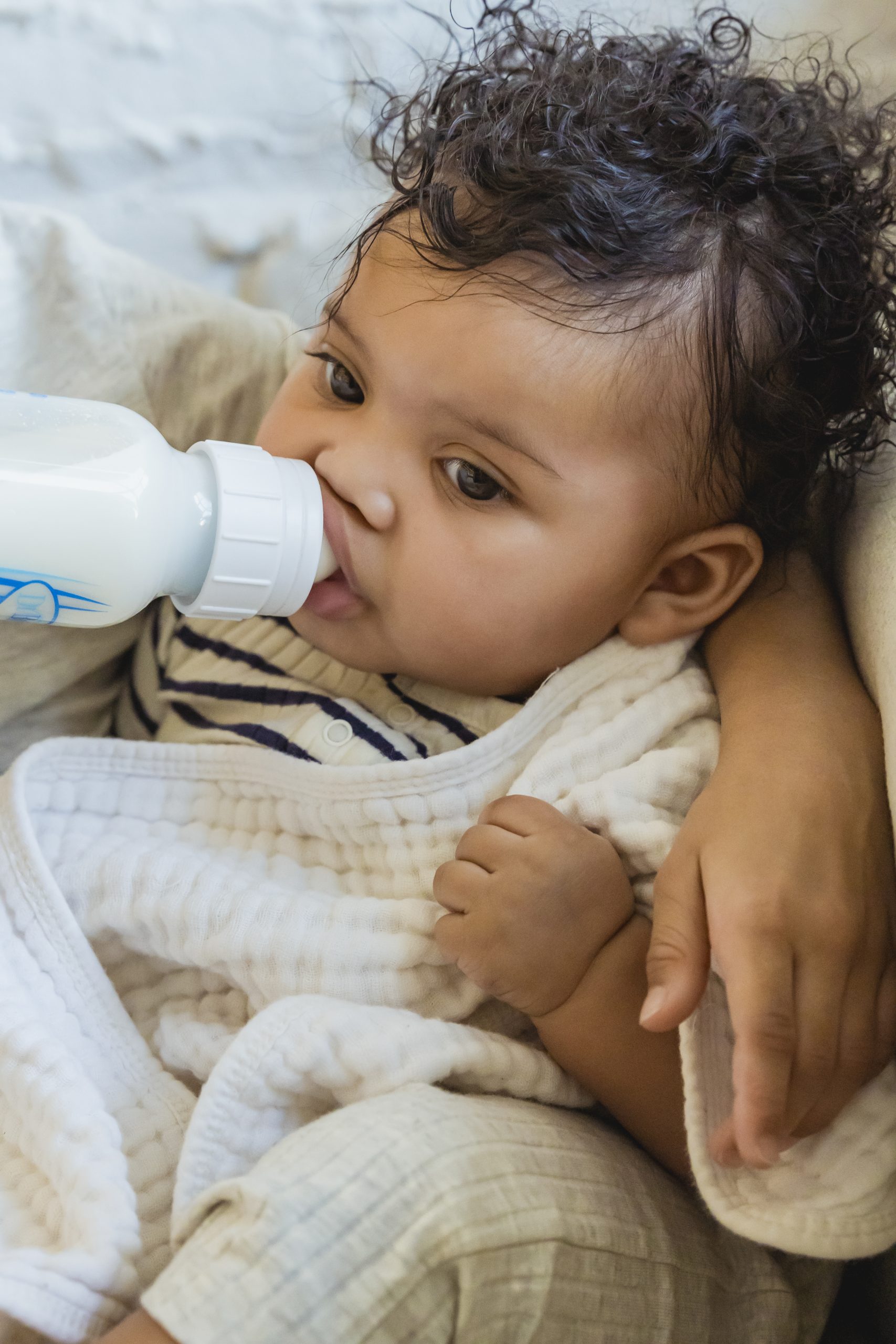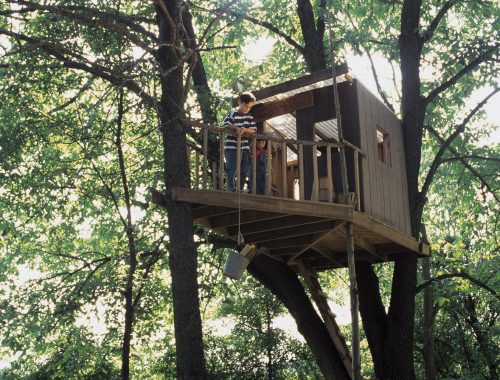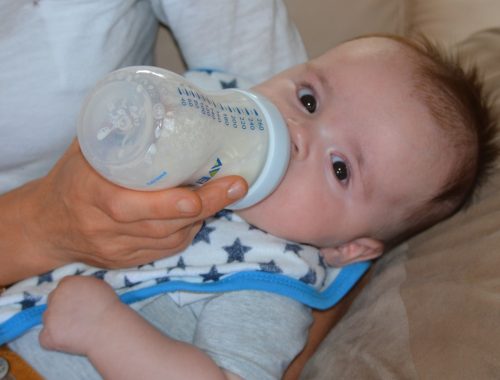
Choosing the Perfect Baby Bottle: Your Complete Guide
Choosing the Perfect Baby Bottle: Your Complete Guide
Hey there, new parents! If you’re diving into the world of baby feeding equipment, you’ve likely come across the question of which baby bottle to choose. Don’t fret – I’m here to break down the ins and outs of baby bottles so you can make an informed decision that’s best for your little one. Let’s get started!
Baby Bottle Material: Glass or Plastic?
The first thing to ponder is the material of the baby bottle. You’ll find two popular options: glass and plastic. Glass bottles are a classic choice – they’re sturdy, easy to clean, and don’t contain any chemicals that might leach into your baby’s milk. On the flip side, they can be a tad heavier and might break if dropped.
Plastic bottles, on the other hand, are lightweight and less likely to shatter. Look for bottles labeled as “BPA-free” to ensure they’re free from harmful chemicals. While some parents prefer the peace of mind that comes with glass, plastic bottles can be a practical choice for on-the-go parents.
Feeding Bottles: What Capacity to Choose?
When it comes to the capacity of the feeding bottle, the size matters. Newborns typically consume around 1 to 3 ounces per feeding, but this can vary. It’s a good idea to start with smaller bottles and then graduate to larger ones as your baby’s appetite grows. A 4-ounce bottle is a great starting point, and once your baby reaches around 6 months, you can move on to 8-ounce bottles.
Remember, babies grow quickly, and their feeding habits change along the way. Having a mix of bottle sizes on hand can help you adapt to their changing needs without any fuss.
What Shape of Feeding Bottle to Choose?
You might not think much about the shape of a baby bottle, but it can actually make a difference in your baby’s feeding experience. Traditional straight bottles are easy to clean but might require your baby to tilt their head quite a bit. Angled or curved bottles, on the other hand, allow your baby to feed in a more natural, upright position, reducing the intake of air and potentially minimizing colic and discomfort.
Experiment a bit to see what your baby prefers. Some little ones have strong opinions about the angle of the bottle, so it’s worth trying a couple of different shapes to find the one that works best.
Final Checks Before Choosing a Feeding Bottle

Before you make your final decision, consider these key points:
Nipple Flow: Bottles come with different nipple flows – slow, medium, and fast. Newborns usually need a slow flow, while older babies can handle a faster flow. Make sure the flow matches your baby’s age and feeding pace.
Ease of Cleaning: Look for bottles with wide openings and minimal parts for easy cleaning. Bottles with too many nooks and crannies can be a headache to scrub.
Compatibility: If you’re planning to pump breast milk, ensure that your chosen bottles are compatible with your breast pump. This makes the transition from breast to bottle smoother.
Venting Systems: Some bottles come with venting systems designed to reduce air intake and minimize colic. If your baby tends to be gassy or fussy, this might be a feature to consider.
Final Thoughts
There you have it, folks – your complete guide to choosing the perfect baby bottle. Whether you opt for glass or plastic, consider the capacity, shape, and those extra features that can make feeding time a breeze. Remember, every baby is unique, so don’t be afraid to try a few different options to see what your little one prefers. And if all else fails, trust your parental instincts – you’ve got this!
You May Also Like

How To Build A Treehouse For Your Kids?
2021-12-15
Navigating Discipline: Exploring Approaches to Child Correction and Their Implications
2023-11-23

